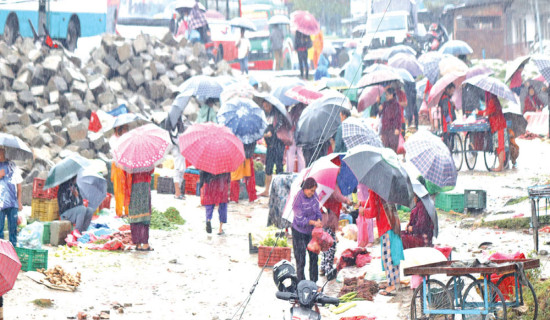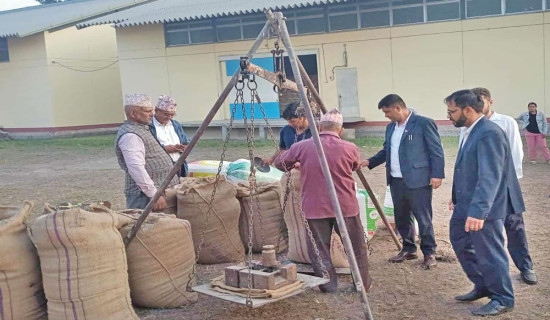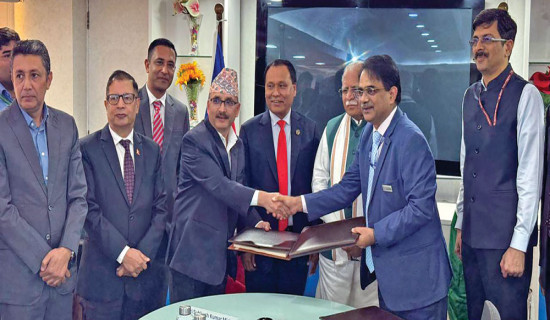- Wednesday, 19 November 2025
World Bank cuts Nepal’s growth rate to 2.1% for 2025/26 from 5.2%
Kathmandu, Oct. 8: Nepal’s economy is projected to grow at a sluggish rate of 2.1 per cent in the current fiscal year 2025/26, significantly lower from the previous year's 4.6 per cent, according to the World Bank’s latest South Asia Development Update: Jobs, AI and Trade, published on Tuesday.
"In Nepal, recent unrest and heightened political and economic uncertainty is expected to cause growth to decline to 2.1 per cent in FY25/26, with a potential range of negative 1.5–2.6 per cent," said the report.
In April, the bank had projected Nepal’s economy to grow by 5.2 per cent this fiscal year.
The World Bank notes that Nepal experienced its worst unrest in decades in September following a social media ban triggered protests against corruption, followed by widespread unrest causing significant human and economic losses.
In response, an interim prime minister was appointed with a mandate to hold national elections by March 2026.
This political instability has eroded investor confidence, leading to reduced private sector investment and a slowdown in non-hydro infrastructure projects. The insurance sector is also expected to face setbacks due to extensive asset losses, said the WB.
The tourism sector, a vital source of foreign currency and employment, is expected to see a sharp decline in international arrivals. Simultaneously, delayed rainfall in a major rice-producing province is likely to hamper agricultural output.
However, reconstruction efforts are expected to support the recovery in FY 2026/27 and gain momentum in FY 2027/28.
The WB projected that Nepal will achieve an economic growth rate of 4.7 per cent in the next fiscal year 2026/27.
The protests reflected frustration with governance and deeper discontent over the lack of economic opportunities for Nepal’s youth.
This lack of opportunity stems from structural weaknesses holding back private enterprise, including a complex and uncertain business environment, corruption, high trade and transport costs, and inadequate infrastructure.
As a result, growth has been slower than peers—averaging 4.3 per cent over FY12–24—and job creation has been limited, it said.
Youth unemployment reached nearly 22.7 per cent in FY23, one of the highest levels in South Asia. Labour migration has become a dominant livelihood strategy and remittances—which average nearly one-quarter of GDP—have sustained basic consumption.
Prior to these developments, economic growth had increased to 4.6 per cent in FY25, up from 3.7 per cent in FY 2024.
Activity was supported by robust hydropower production, a rebound in industrial output, and a pickup in agricultural activity, said the WB.
Meanwhile, growth in South Asia is projected to be robust at 6.6 per cent this year—but a significant slowdown looms on the horizon.
Reforms to promote trade openness and technology adoption could help the region create jobs and catalyze growth, said the World Bank in its twice-a-year regional outlook.
The WB projects growth in the region to slow to 5.8 per cent in 2026, a downward revision of 0.6 percentage points from the April forecast.
Downside risks include spillovers from the global economic slowdown and uncertainty around trade policy, socio-political unrest in the region, and labour market disruptions posed by emerging technology such as artificial intelligence (AI).
“South Asia has enormous economic potential and is still the fastest growing region in the world. But countries need to proactively address risks to growth,” said Johannes Zutt, World Bank Vice President for South Asia.
“Countries can boost productivity, spur private investment, and create jobs for the region’s rapidly expanding workforce by maximizing the benefits of AI and lowering trade barriers, especially for intermediate goods.” South Asian countries rank among the least open to international trade and finance. The region’s high tariffs protect sectors where employment opportunities are shrinking.
High tariffs also severely impede the manufacturing sector, which faces tariffs on intermediate goods—components and raw materials needed for production—that are more than double those in other emerging market and developing economies.
The report also recommends harnessing the potential of AI to boost productivity and incomes. The rapid development of AI is transforming the global economy and reshaping labour markets.
South Asia’s workforce has limited exposure to AI adoption due to the predominance of low-skill, agricultural and manual jobs. But moderately educated, young workers, especially in sectors such as business services and information technology, are vulnerable.
Since the release of ChatGPT, job listings have fallen by around 20 per cent in jobs most exposed to, and most replaceable by AI relative to other occupations.
But AI could also bring substantial productivity gains, especially in sectors that have strong potential for AI to complement humans. Job listings data in the region indicate rapidly growing demand for AI skills, with such jobs commanding a wage premium of nearly 30 per cent relative to other professional roles.
The report’s recommendations include steps to help accelerate job creation by streamlining size-dependent regulations that discourage firms’ growth, better transport and digital connectivity, more transparent housing search options, upskilling and job matching, as well as providing safety nets for affected workers.
“Increasing trade openness and growing adoption of AI could be transformative for South Asia,” said Franziska Ohnsorge, World Bank Chief Economist for South Asia. “Policy measures to facilitate the reallocation of workers across firms, activities, and locations can help channel resources to productive sectors and are critical for boosting investment and job creation in the region.”





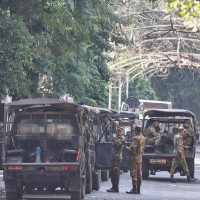
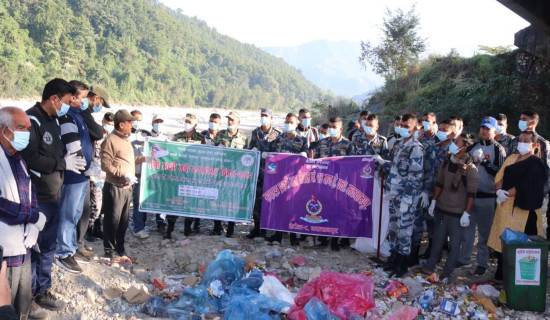
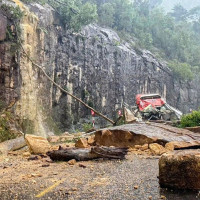


-original-thumb.jpg)

